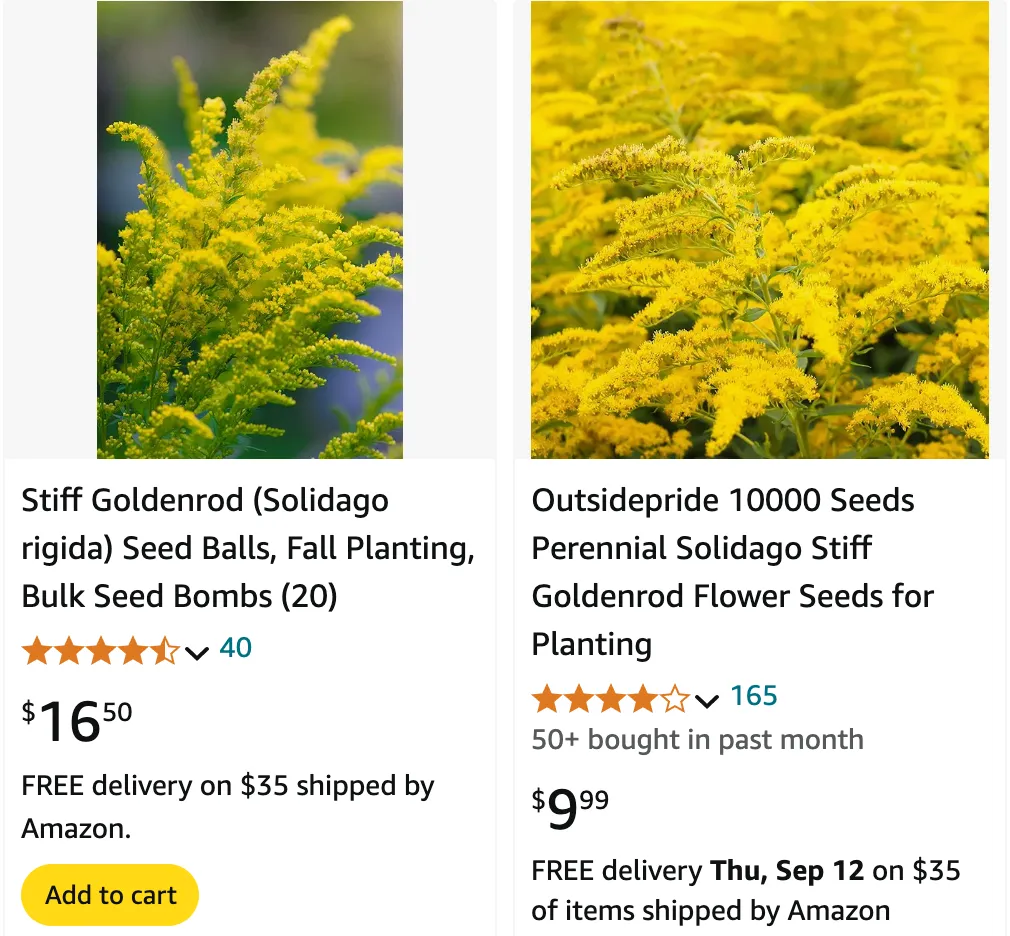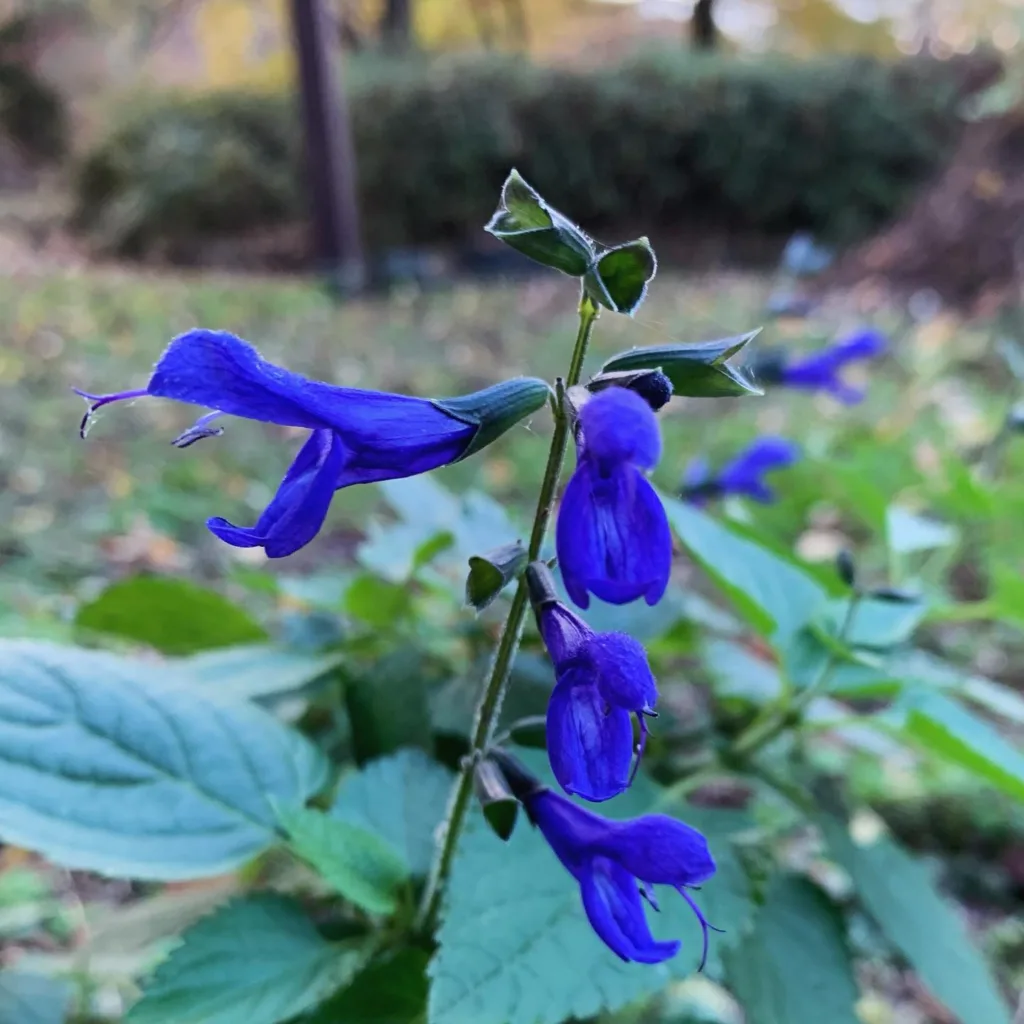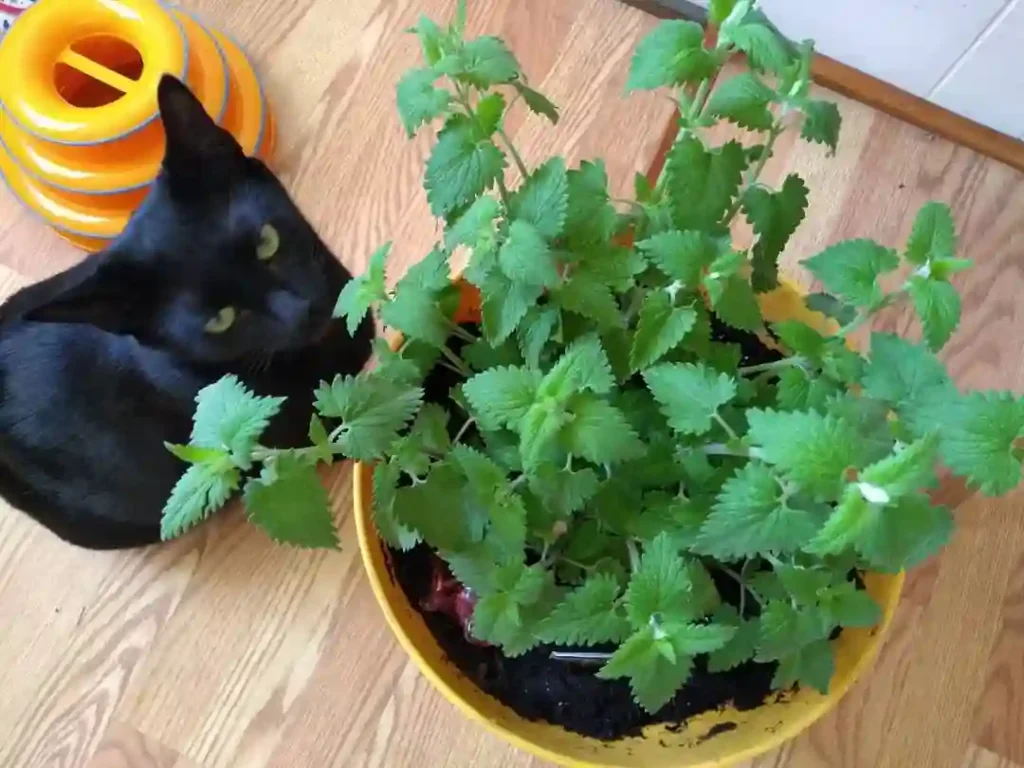
FAQs About Solidago Rigida
Solidago Rigida, often known as Stiff Goldenrod, is a charming addition to any garden. I’ve had my fair share of experiences with this plant, and I’ve compiled some frequently asked questions to help you get acquainted with it. Here’s everything you need to know about Solidago Rigida.
145 Species in Genus Solidago
What Is Solidago Rigida?
Solidago Rigida is a perennial flowering plant native to North America. It’s part of the Asteraceae family and is commonly referred to as Stiff Goldenrod. The plant is known for its tall, upright stems and bright yellow flower clusters that bloom in late summer to early fall. Solidago Rigida can reach heights of 2 to 4 feet, making it a striking feature in garden beds and wildflower meadows.
How to Care for Solidago Rigida?
Caring for Solidago Rigida is relatively straightforward, and this plant is quite resilient. Here are some tips based on my own gardening experiences:
- Sunlight: Solidago Rigida thrives in full sun. Aim for at least 6 hours of direct sunlight daily. In my garden, I’ve found that it flourishes best when planted in a sunny spot.
- Soil: It prefers well-drained soil. Sandy or loamy soils work best. If your soil is heavy clay, consider adding organic matter to improve drainage.
- Watering: This plant is drought-tolerant once established, but it appreciates regular watering during dry spells. I water mine every week or so, especially during hot, dry periods.
- Fertilizing: Solidago Rigida generally doesn’t require heavy feeding. I use a balanced, all-purpose fertilizer in the spring to encourage robust growth and blooming.
- Pruning: Deadhead spent flowers to prolong blooming and prevent self-seeding if that’s a concern. In late fall or early spring, cut back the plant to the ground to promote fresh growth.
How to Propagate Solidago Rigida?
Propagating Solidago Rigida is quite simple. Here’s what I do:
- Division: In early spring or late fall, you can divide established clumps. Dig up the plant, separate it into smaller sections, and replant them. This method works well for me, and it helps rejuvenate the plant.
- Seeds: You can also propagate Solidago Rigida from seeds. Sow seeds directly in the garden after the last frost, or start them indoors 6-8 weeks before the last frost. Germination usually takes 2-3 weeks. Keep the soil consistently moist during this period.
What to Plant With Solidago Rigida?
When planning your garden, consider companion plants that complement Solidago Rigida’s height and color. Here are some suggestions from my garden:
- Echinacea (Coneflower): The purple or pink blooms of Echinacea provide a lovely contrast to the bright yellow of Solidago Rigida.
- Rudbeckia (Black-eyed Susan): Another yellow flower, Rudbeckia pairs well with Solidago Rigida, creating a cohesive color scheme.
- Asters: Asters offer a range of colors and can extend the flowering season when planted with Solidago Rigida.
- Grasses: Ornamental grasses like Miscanthus or Panicum add texture and can help balance the verticality of Solidago Rigida.
Is Solidago Rigida Toxic?
No, Solidago Rigida is not considered toxic to humans or pets. I’ve had pets and children around the garden, and this plant has never caused any issues. It’s always good practice to supervise curious pets and young children, but Solidago Rigida is generally safe.
Benefits of Solidago Rigida
Solidago Rigida offers several benefits beyond its visual appeal:
- Wildlife Friendly: It attracts pollinators such as bees and butterflies. I’ve noticed an increase in pollinator activity in my garden since planting it.
- Low Maintenance: It’s quite hardy and requires minimal care once established, making it a great choice for busy gardeners.
- Soil Erosion Control: Its extensive root system helps prevent soil erosion. I’ve found it useful in stabilizing the soil in sloped areas of my garden.
Common Problems
While Solidago Rigida is generally robust, there are a few issues to watch for:
- Powdery Mildew: In humid conditions, this plant can be prone to powdery mildew. I avoid overhead watering and ensure good air circulation to mitigate this problem.
- Self-Seeding: Solidago Rigida can spread aggressively if not controlled. Deadheading the flowers before they set seed helps manage this.
Compare With Other Similar Plants
Sometimes, Solidago Rigida is confused with other goldenrods or late-blooming perennials. Here’s how it compares:
- Solidago Canadensis (Canada Goldenrod): Canada Goldenrod is taller and has a more sprawling habit compared to the upright and more compact Solidago Rigida.
- Solidago Oligosperma (Few-seeded Goldenrod): This variety has fewer flower clusters and is shorter than Solidago Rigida. It’s more suited to smaller garden spaces.
In conclusion, Solidago Rigida is a fantastic plant to add to your garden if you’re looking for vibrant color and a touch of late summer beauty. With minimal care and a bit of planning, it can become a highlight in your garden’s landscape.
If i die, water my plants!



